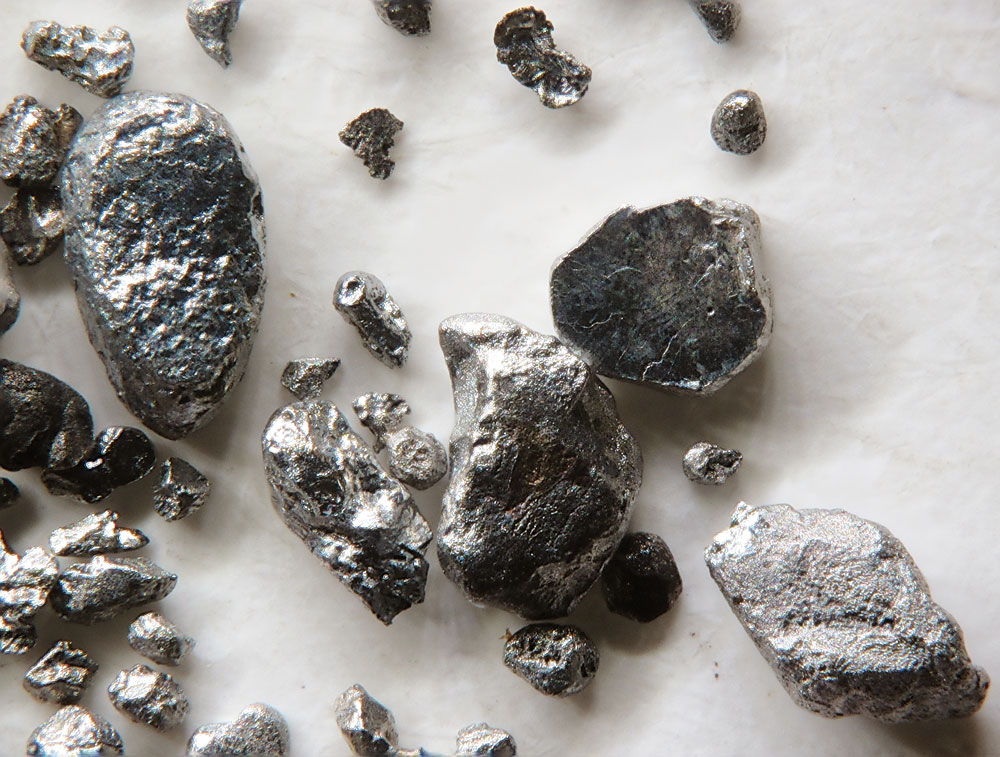Properties:
Iridium, shortened as Ir with atomic number 77 is in Group 9 of the periodic table. Iridium is a transition metal that is a part of the platinum family. The metals in the platinum family are otherwise called the noble metals. They have this name since they don't respond well with different components and mixes. They give off an impression of being "excessively prevalent, making it impossible to respond with most different substances.
Iridium is the most corrosion-resistant metal known. It isn't influenced by high temperatures, acids, bases, or most other solid chemicals. That property makes it helpful in producing items that are exposed to such materials. Iridium metal is shimmering white with a density of 22.65 grams for every cubic centimeter. A cubic centimeter of iridium weighs 22.65 times as much as a cubic centimeter of water. Iridium is the densest element. Iridium has a boiling point of around 4500C and a melting point of about 2440C. Iridium metal can't be normally utilized because it breaks rather than bends. It turns out to be more adaptable when exposed to a hot temperature.
Iridium does not react at room temperatures. At the point when exposed to air, Iridium reacts with oxygen to frame a thin layer of iridium dioxide (IrO2 ).
At high temperatures, the metal turns out to be more receptive. At that point Iridium reacts with oxygen and halogens to form iridium dioxide and iridium trihalides.

Applications:
Iridium is used mainly in alloys to strengthen the material.
Iridium can be alloyed with platinum to produce and exceptionally strong material.
Iridium is used in sparkplugs of helicopters.
Iridium can be utilized to make electrical contacts, electrical wires , electrodes.
Iridium is used to make pen tips, compass bearings.
For related products please visit:
Comments
Post a Comment